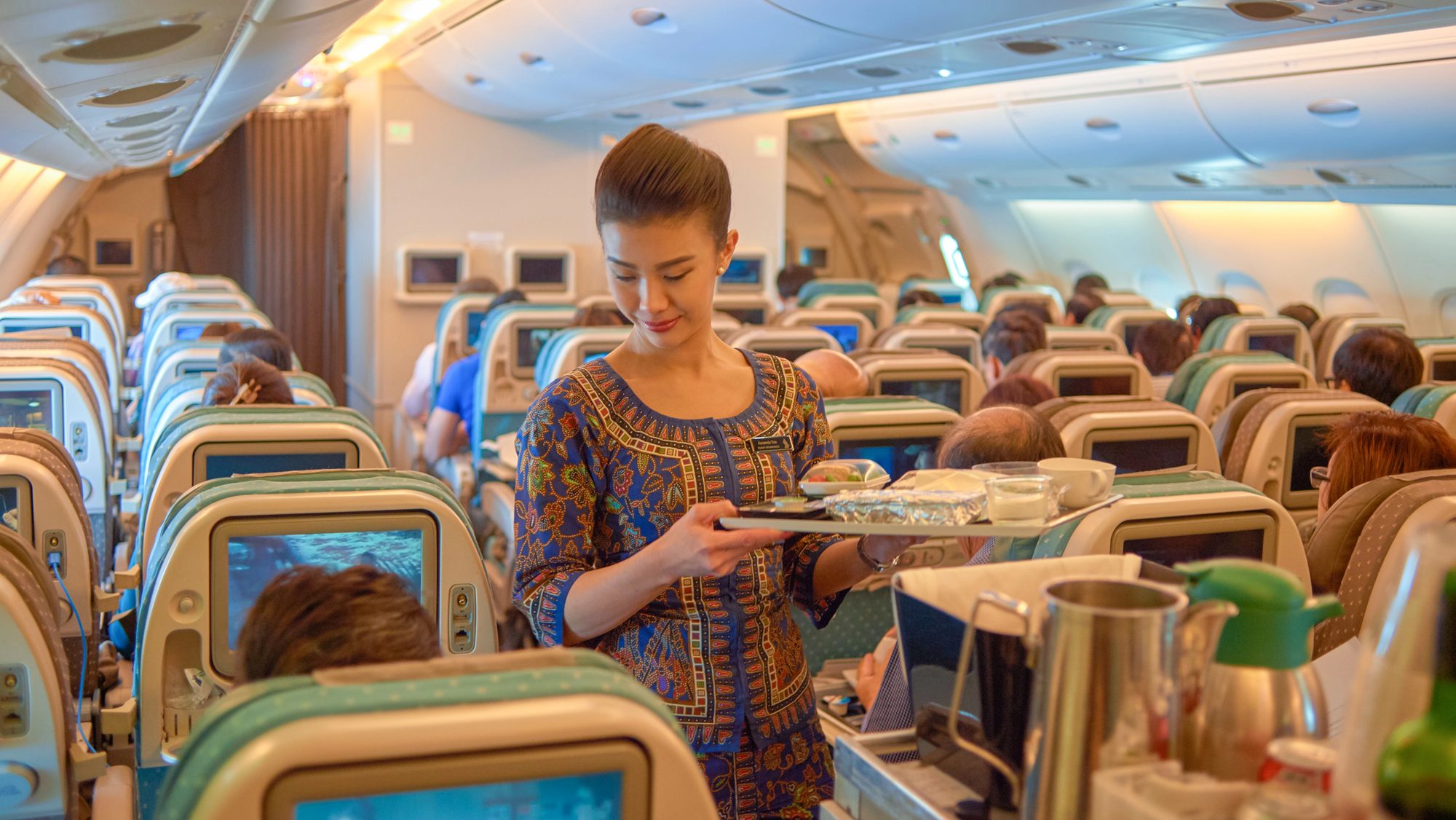SINGAPORE: Singapore Airlines (SIA) passengers can now enjoy meal services even when the seat belt sign is on unless pilots decide otherwise. This decision comes 10 weeks after a turbulent SIA flight SQ321 resulted in one passenger’s death and injuries to many others.
The Straits Times reported that a SIA spokesperson said that the safety time-out, in effect since May 21, ended on Aug 1.
Under the new protocols, hot drinks and soup will still not be served when the seat belt sign is on, but other meal and drink services can continue at the crew’s discretion. Previously, cabin crew were required to sit and fasten their seat belts whenever the seat belt sign was lit.
SIA’s pilots now decide whether to suspend or continue in-flight services based on their assessment of weather and operational conditions. The airline adopted a cautious approach to turbulence management after the SQ321 incident.
The plane experienced severe turbulence over the Irrawaddy Basin in Myanmar during breakfast service, leading to significant disruptions and injuries.
In the wake of the incident, SIA implemented stricter safety measures and reviewed its turbulence management protocols. Over the past month, all pilots and cabin crew underwent additional training to reinforce these procedures.
The training covered recognising and handling turbulence-related risks and assisting passengers during such events. SIA said they now issue periodic reminders to passengers via in-flight entertainment screens to keep seat belts fastened while seated.
The airline stressed, “Customers should always follow the instructions of our pilots and cabin crew and keep their seat belts fastened while seated at all times.”
Alan Tan, president of the Singapore Airlines Staff Union, representing cabin crew and ground workers, mentioned that the union was informed about returning to regular protocols in July.
He noted that while the stricter rules were challenging, especially on shorter flights, the union understood the need for safety precautions.
He said it was good to have things back to normal, as in-flight managers had reported challenges in completing meal services on shorter flights, such as those to Jakarta or Bangkok, under the stricter rules.
“Given that it was in place for about two months, I wouldn’t say it was very disruptive. SIA has to provide a service, so we knew this would not be permanent,” he added. The stricter measures had impacted SIA’s service offerings and increased stress levels for cabin crew.
Some crew members, who spoke anonymously, reported that pausing all service when the seat-belt sign came on made them work under pressure, especially on shorter regional flights.
Completing meal service in economy class typically takes one to two hours, barring disruptions and long-haul flights usually have at least two meal services.
Adjustments, such as removing after-take-off drinks, were made to manage time better. However, some passengers rated the service poorly due to a lack of understanding of the new procedures.
In July, one SIA passenger took to social media to express his frustration with SIA’s turbulence rules, describing them as “ridiculous” and overly cautious. Many agreed with him, sharing their own experiences.
However, SIA noted that customers and staff generally understood the necessity of the safety time-out. /TISG
Read also: One dead, many injured due to severe turbulence on board SIA flight to Singapore
Featured image by Depositphotos

